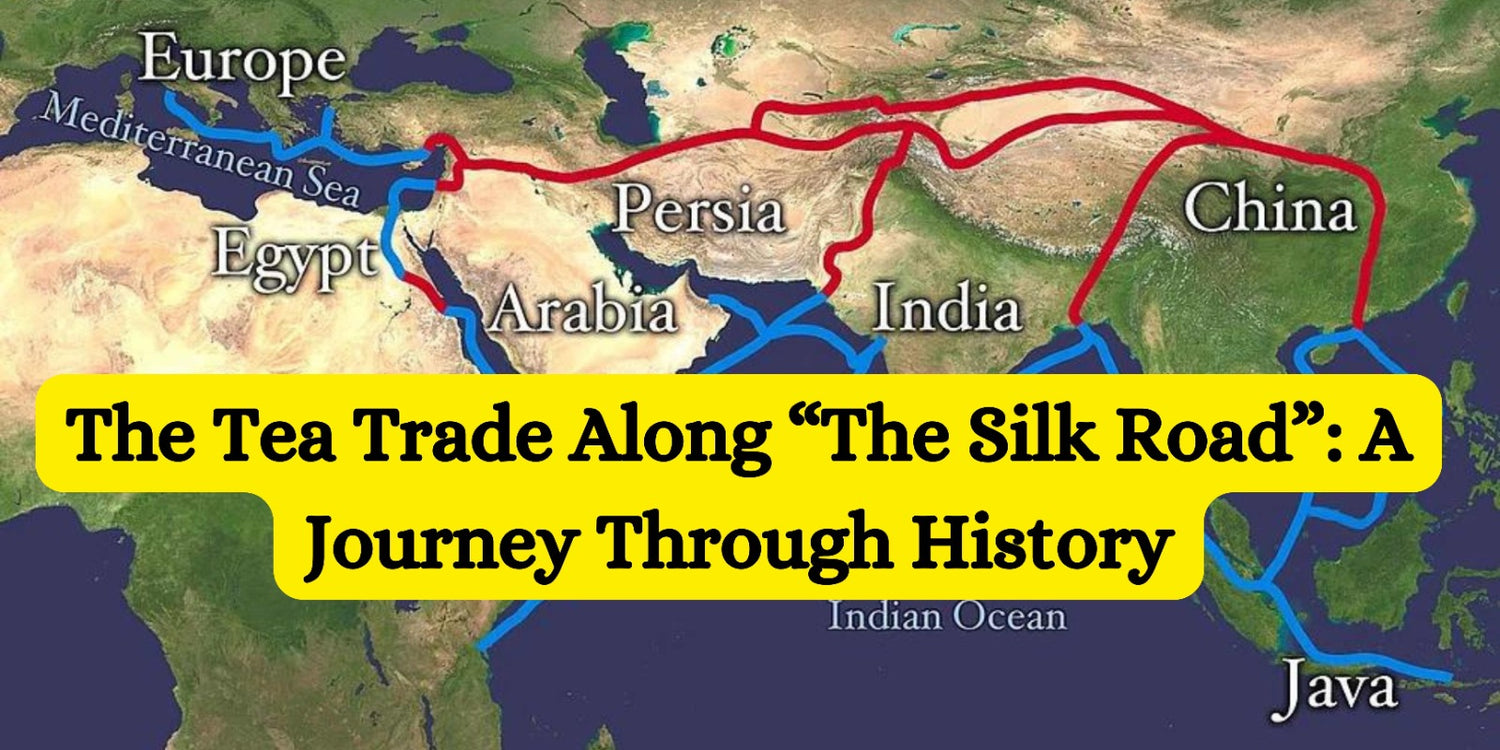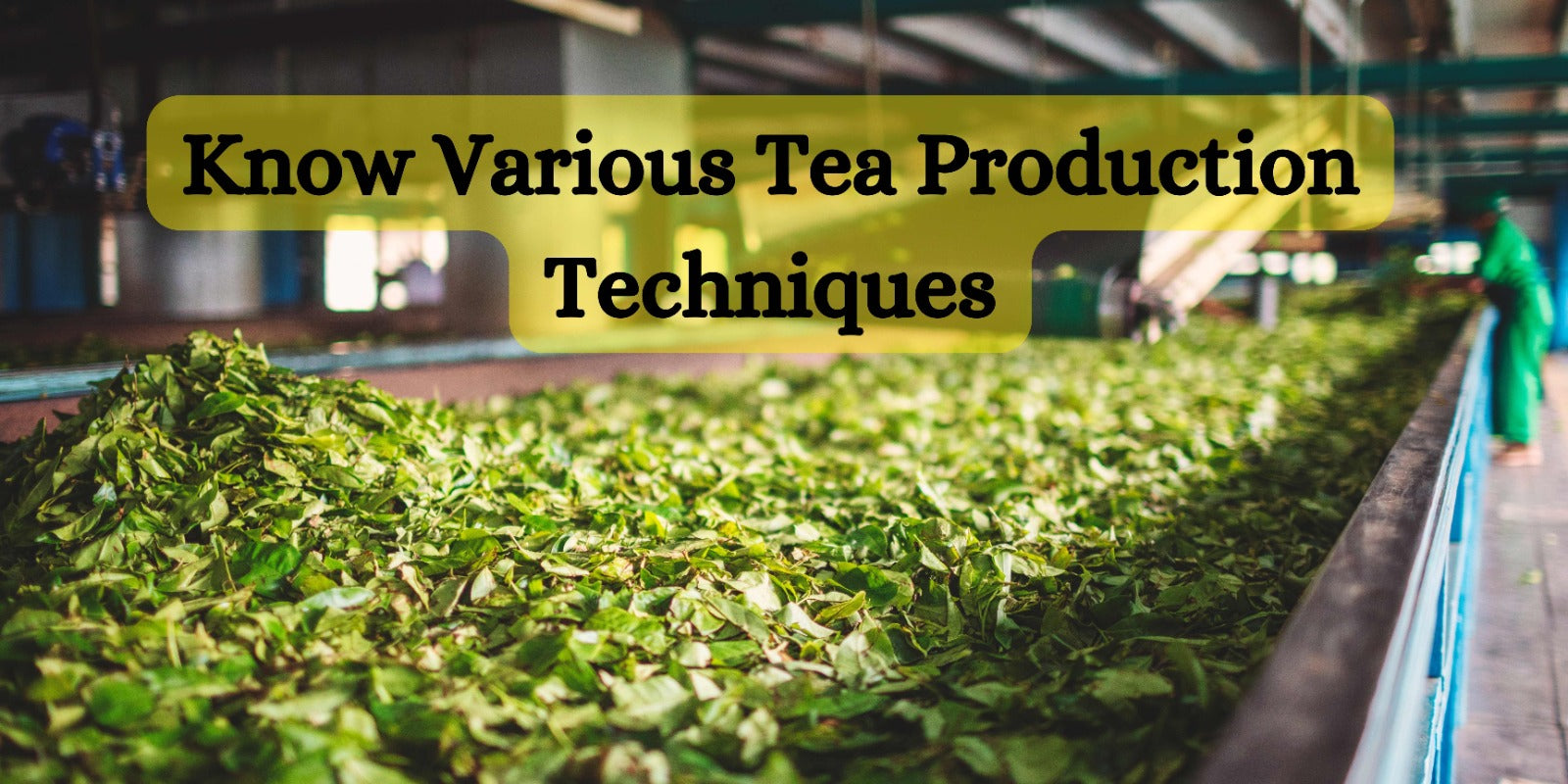For over 1,500 years, the Silk Road, a vast network connecting Asia, the Middle East, and Europe, was a catalyst for global change. This intricate web of pathways, spanning approximately 6,437 kilometers (4,000 miles), facilitated the exchange of goods, ideas, and cultures across diverse civilizations.
Named by German geographer Ferdinand von Richthofen in 1877, the Silk Road was not a single route but rather a complex system of interconnected paths. While silk was indeed a prized commodity, the Silk Road saw the trade of various goods, including precious stones, porcelain, spices, and most importantly for our discussion, tea.
Origins and Early History of Tea Trade
Tea's origins can be traced back thousands of years to ancient China. According to legend, Emperor Shennong, a long time ago, it's said that a special kind of leaf fell into hot water by accident. People tried it and really liked it. That's how tea started.
As tea cultivation and consumption became deeply ingrained in Chinese culture, it naturally found its way onto the Silk Road trade network. The tea trade along the Silk Road played a significant role in spreading this beloved beverage to different parts of Asia, the Middle East, and eventually Europe.
Key trading hubs like Kashgar, located at the heart of the Uighur world, became important centers for tea merchants. These bustling marketplaces allowed traders to rest, replenish supplies, and exchange goods before continuing their arduous journeys across deserts and mountains.
The Spread of Tea Culture
As tea traveled along the Silk Road, it not only quenched thirst but also sparked cultural exchange and the development of unique tea traditions in different regions. For instance, in Central Asia, the chaikhana (tea house) became an integral part of social life, serving as a place for rest, refreshment, and community gathering.
The Uighur people, who settled along the Silk Road, developed their own distinctive ways of preparing and enjoying tea. Some preferred it with salt and milk, while others added cream, sour cream, or butter. Black tea flavored with cinnamon became popular after rich meals, while green tea was favored by others.
In Turkey, which marked the western end of the Silk Road, tea culture flourished and evolved over time. The Ottomans initially experimented with tea cultivation in various parts of their empire, eventually finding success in the eastern Black Sea coastal area. Today, Turkish tea culture is renowned for its unique brewing method using a çaydanlık (tea kettle) and serving tea in tulip-shaped glasses called ince belli.
Challenges and Innovations in the Tea Trade
Transporting tea along the Silk Road was no easy feat. Traders faced numerous challenges, including treacherous terrains, harsh weather conditions, and the constant threat of robbery. To mitigate these risks, merchants often joined together in caravans, using camels and other pack animals to transport their precious cargo.
Over time, innovations emerged to address the logistical challenges of the tea trade. One such innovation came from John Horniman, who in 1826 introduced the concept of packaging tea in individual bags. This not only kept the tea fresh but also addressed concerns about adulteration, which were particularly prevalent following the Opium Wars.
The Legacy of the Silk Road Tea Trade
The impact of the Silk Road tea trade on global commerce and cultural exchange cannot be overstated. It not only introduced tea to new regions but also facilitated the exchange of ideas, technologies, and even diseases. The tea trade acted as a catalyst for evolving diplomatic ties, social norms, and economic structures across Eurasia.
The Silk Road's legacy lives on in the "three cups of tea" ritual, observed by various cultures along its path. This custom, whether used for business dealings or hospitality, reflects the power of tea to bring people together and foster relationships across cultural boundaries.
The Silk Road tea trade also contributed to the development of diverse tea production methods and consumption habits worldwide. From the strong, sweet tea of Central Asia to the delicate green teas of East Asia and the robust black teas favored in the West, the global palette of tea varieties we enjoy today is a direct result of centuries of cross-cultural exchange along the Silk Road.
Conclusion
In conclusion,The Silk Road tea trade stands as a testament to the intricate web of commerce that shaped cultures and fostered a spirit of exploration. As we sip our favorite brew today, we are partaking in a tradition that spans millennia and continents, a legacy of the ancient traders who braved deserts and mountains to share the wonder of tea globally.. The story of tea along the Silk Road reminds us of the enduring human desire for exploration, exchange, and the simple pleasure of sharing a warm cup with friends and strangers alike.




